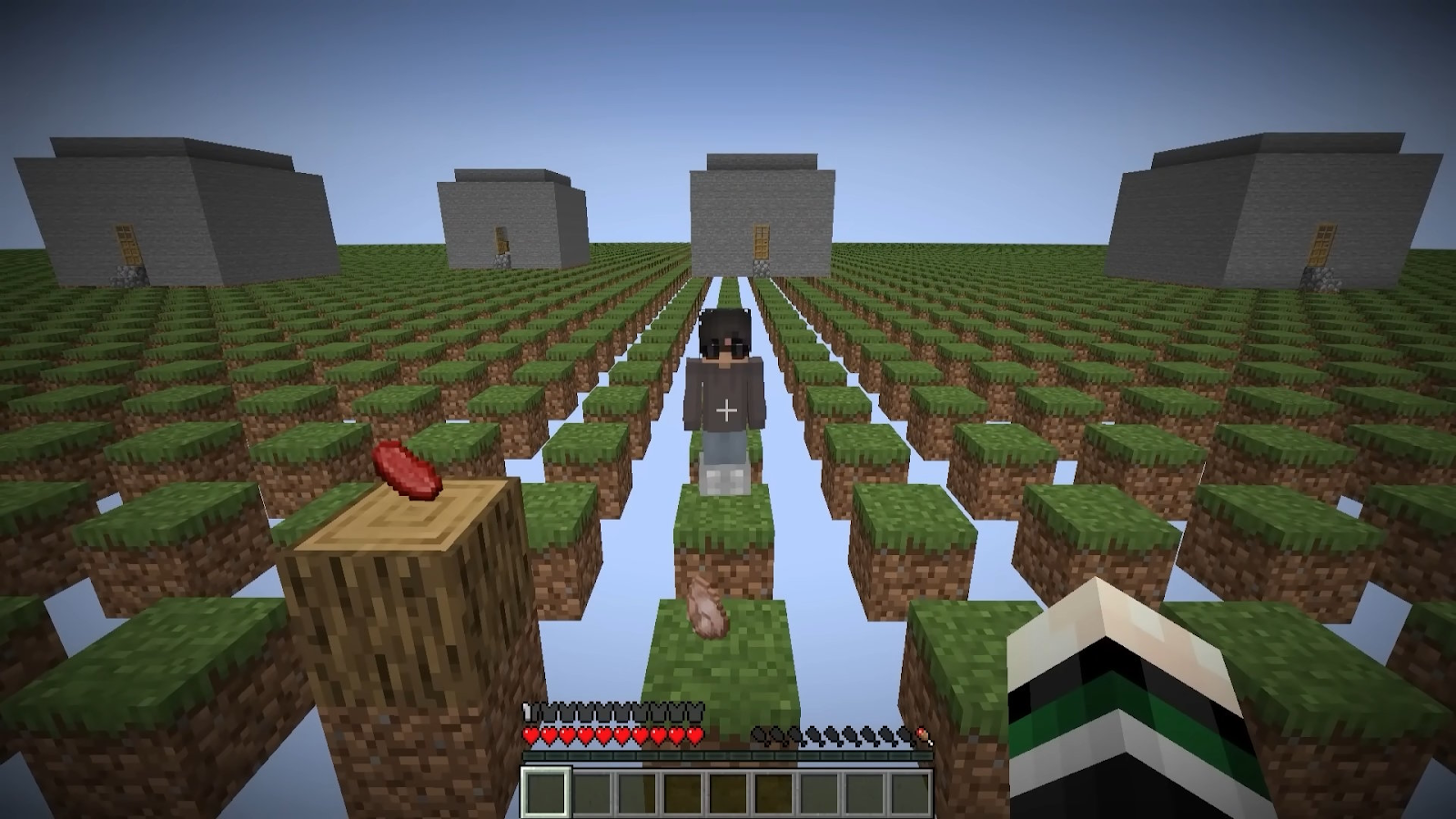Severance Essay
I'm not gonna lie.. it's been a slow week. So, since there will be more exciting blog posts coming up soon, I figured I'd just post an excerpt I wrote for one of my film classes about Severance, since I felt happy with this part. It's short and there's a weird change in formatting, I know, but the whole thing was too long and a little boring by the end of it. So here you go!
In the Apple TV+ thriller
series Severance, the directors aim to create a representation of the
typical American office space to critique the poor conditions that regular
workers live with under corporate design. From this representation, Severance
draws deeper questions about what the average worker does to separate
themselves from the cruel realities of their work, with the show literally
manifesting workers’ desire for a work-life balance into a surgical procedure
that psychologically distinguishes the worker and the person. These themes of
separation, along with the contrast between the office space and the “real
world,” are reinforced through the show’s use of soul-crushing corporate
aesthetics in the set design and mise-en-scene, as well as through the
performances of the actors depicting two lives within one body.
The aesthetics of a corporate office are familiar to everyone, even those who haven’t personally worked an office job in their lives. The general consciousness assigns bland aesthetics, grayscale color palettes, and minimalist design to the idea of offices, all of which contribute to the boring nothingness that people have associated with office workspaces. However, using these design aspects isn’t a coincidence shared among corporate workspaces, but rather an intentional design philosophy used among big companies to encourage efficiency and reduce distractions for their employees. According to several studies, employees in office spaces can be affected by factors such as lighting, openness, and visual clutter (Foroudi). Therefore, it makes sense that corporations look to reduce inefficiencies caused by these factors, by using flat, fluorescent lighting that evenly lights rooms, spacing out cubicles and workspaces from each other, and reducing unnecessary décor on walls and surfaces, making the office utilitarian and bland to maximize employee efficiency.
Severance takes these commonly understood aesthetics of corporate offices and exaggerates them to a larger extent when building their own office spaces in the Lumon severed floor. Instead of simply using bland walls and floors, the hallways and rooms of the Lumon offices are completely devoid of decoration, enveloping the employees in endless voids of sickly white. Curiously, Severance seems to subvert some aspects of traditional corporate design, trading vast open spaces for cramped, winding hallways, for example. However, this subversion still contributes to the feeling that Severance aims to create surrounding its corporate spaces: the endlessly winding hallways evoke the sensation of being lost, or better yet, invoking the image of a rat making its way through a maze, literally illustrating the metaphorical “rat race” that so many Americans refer to employment in a capitalist system as. The way that the set designers for Severance play with this space tells an unspoken story that seemingly every corporate employee can relate to, with every decision, however subtle, adding to the sensation of being trapped or lost within the corporate office.
These aesthetics carry over into the main office area where the show takes place, Macrodata Refinement, or MDR as the employees call it. Instead of using a traditional office layout of a room filled with cubicles, Severance once again subverts the expectations set by societal familiarity with corporate aesthetics, opting for a vast, empty room with a tiny cluster of desks in the center of the room. Where many would assume that granting the employees so much empty space in the office would give them a sense of freedom, it instead creates the inverse effect: despite having plenty of room, they are still forced together, creating a sense of uncomfortable isolation between each cubicle. Other subtleties of design, like the green carpet or the windowless walls, seem to further mock the employees of the office, emulating the green grass that they can never step on, or robbing them of the distraction of the outer world by removing the windows, further characterizing the corporation behind Severance. These design decisions aren’t simply aspects to reduce inefficiencies in work like some of the other aesthetic choices, these are explicitly cruel aspects of the office that are meant to demoralize and (most importantly) dehumanize the employees. This malicious attitude that bleeds through the office’s set foreshadows the true evil that Lumon is later revealed to be in the show, which illustrates how a show’s set design can make sense within the canon of the show while also functioning as a narrative device to hint at future story beats.



Comments
Post a Comment